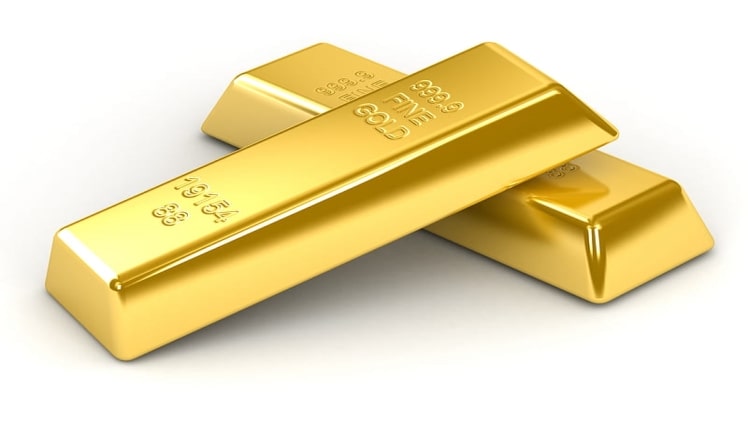Inflation directly affects gold prices. Rising inflation signals growth, and the Federal Reserve is inclined to expand the money supply during such times. Rising prices of goods and services are made more expensive due to dilution of monetary notes. But in recent years, inflation has remained relatively low, holding gold prices steady. Here are some ways in which inflation impacts the price of gold. Inflation directly affects the price of gold because gold is directly correlated to the U.S. dollar.
Interest rates affect gold prices
There are two important ways in which interest rates affect gold prices. The first is through the effect of inflation on nominal interest rates. Increasing nominal interest rates tend to depress gold prices, and decreasing them can boost the price of gold. Moreover, gold is generally better positioned against other asset classes, such as the stock market and bond market. Inflation also has an impact on the value of gold, and a rise in inflation may lead to higher prices of gold, as compared when we used to be on the gold standard.
Another way to consider inflation and gold prices is to apply old-fashioned economics. An extra percentage point of inflation in ten years raises the real price of gold by almost 37%. This is consistent with the “inflation hedge” view of economists. Similarly, an increase in the pessimistic fraction of survey respondents increases gold prices by 9.7%. However, when looking at longer-term economic indicators, the relationship between gold prices and inflation is less clear.
Exchange rate changes affect gold prices
A number of studies have found that exchange rate changes affect the price of gold. For example, Sujit and Rajesh (2011) found that gold prices are dominated by the US dollar and thus the US dollar exchange rate has a significant effect on the price of gold. This result confirms the previous observations. Inflation is an important factor affecting the price of gold, but there are other factors that also affect the price of gold.
The real price of gold is measured by the price of gold in the London PM fixing market and the U.S. consumer price index, which is derived from the Bureau of Labor Statistics. This measure is called the PTR and is often correlated with long-term inflation expectations. The most recent spike in expectations of inflation coincided with a sharp increase in the price of gold. This trend continued in the second half of 2016, when the U.S. dollar rose against the yen, despite the recent decline in the euro.
U.S. economic data affects gold prices
A recent statement by the Federal Open Market Committee (FOMC) had an unexpectedly negative impact on gold prices, prompting a sell-off in safe-haven assets. In its statement, the Fed affirmed its hawkish stance on the economy, increased its inflation forecast and extended the timeframe for the next interest rate hike. The Fed’s projections indicated that inflation will be 3.4 percent this year, causing the dollar to spike and weigh down bullions.
Another factor affecting the price of gold is the fundamental theory of supply and demand. When demand for consumer goods increases, the price of gold follows. During unstable economic times, gold is often considered a safe haven and can be used as a hedge against political instability and financial turmoil. However, the recent COVID-19 event, which pushed gold prices even higher, reaffirmed the inverse relationship between gold shares and the U.S. financial system.
U.S. inflation affects gold prices
Despite the recent rout in the US dollar and bond markets, there’s no way to predict how the Fed will react to the latest report on U.S. inflation. The Fed is unlikely to ease its tightening policy this week and is expected to remain neutral or even slightly hawkish. This inflation report is important because it will determine whether the Fed raises rates in the future. Also, it will be useful for investors if they are concerned about inflation.
On Tuesday, the Labor Department released its consumer price index, excluding food and energy, which increased 0.6% in April. Meanwhile, the broader consumer price index rose 0.3%, while core inflation increased 6.2% year-on-year. Although the broader index is still among the highest readings in decades, today’s report will help determine the Fed’s rate hike trajectory. However, a strong reading on inflation will burnish gold’s value as an inflation hedge.

